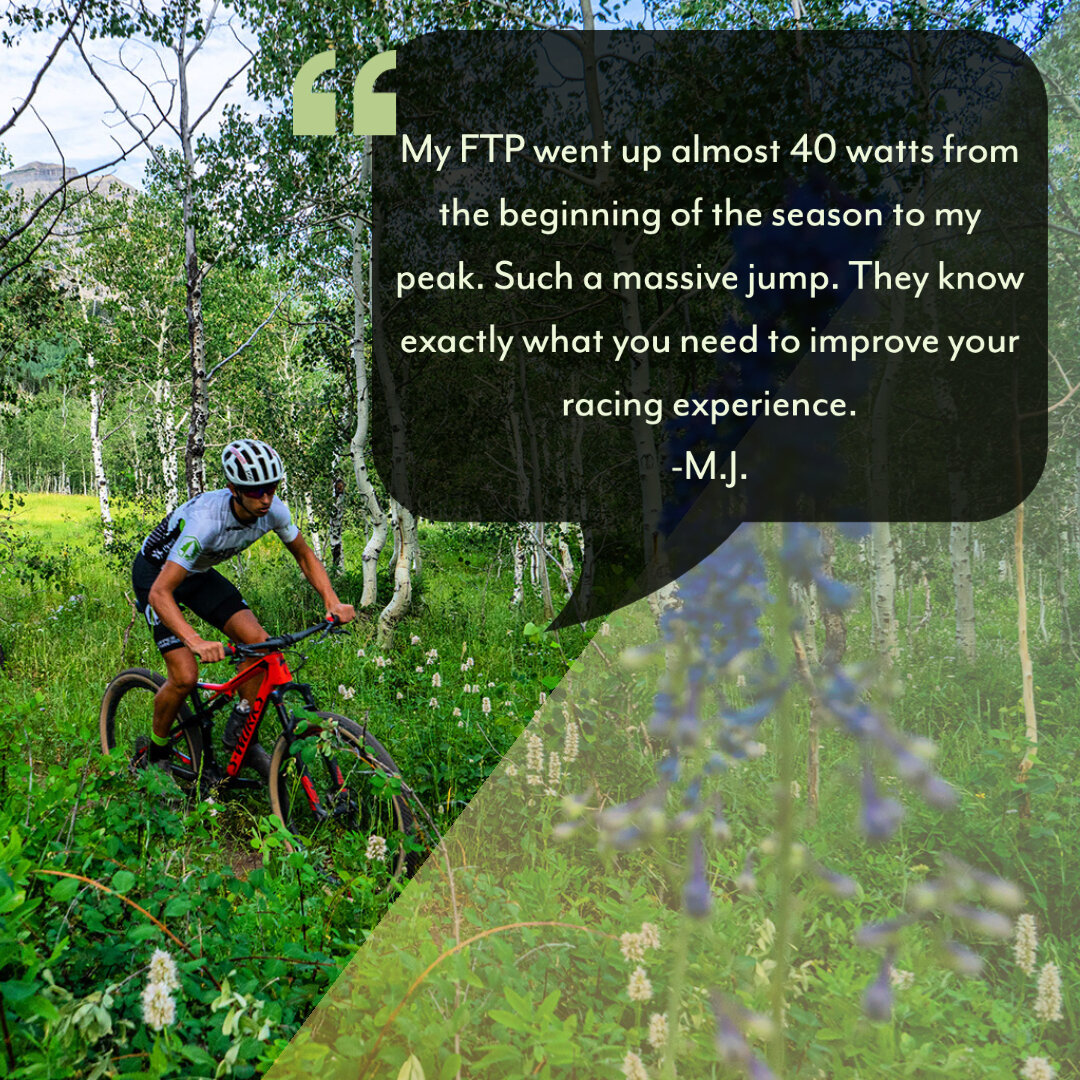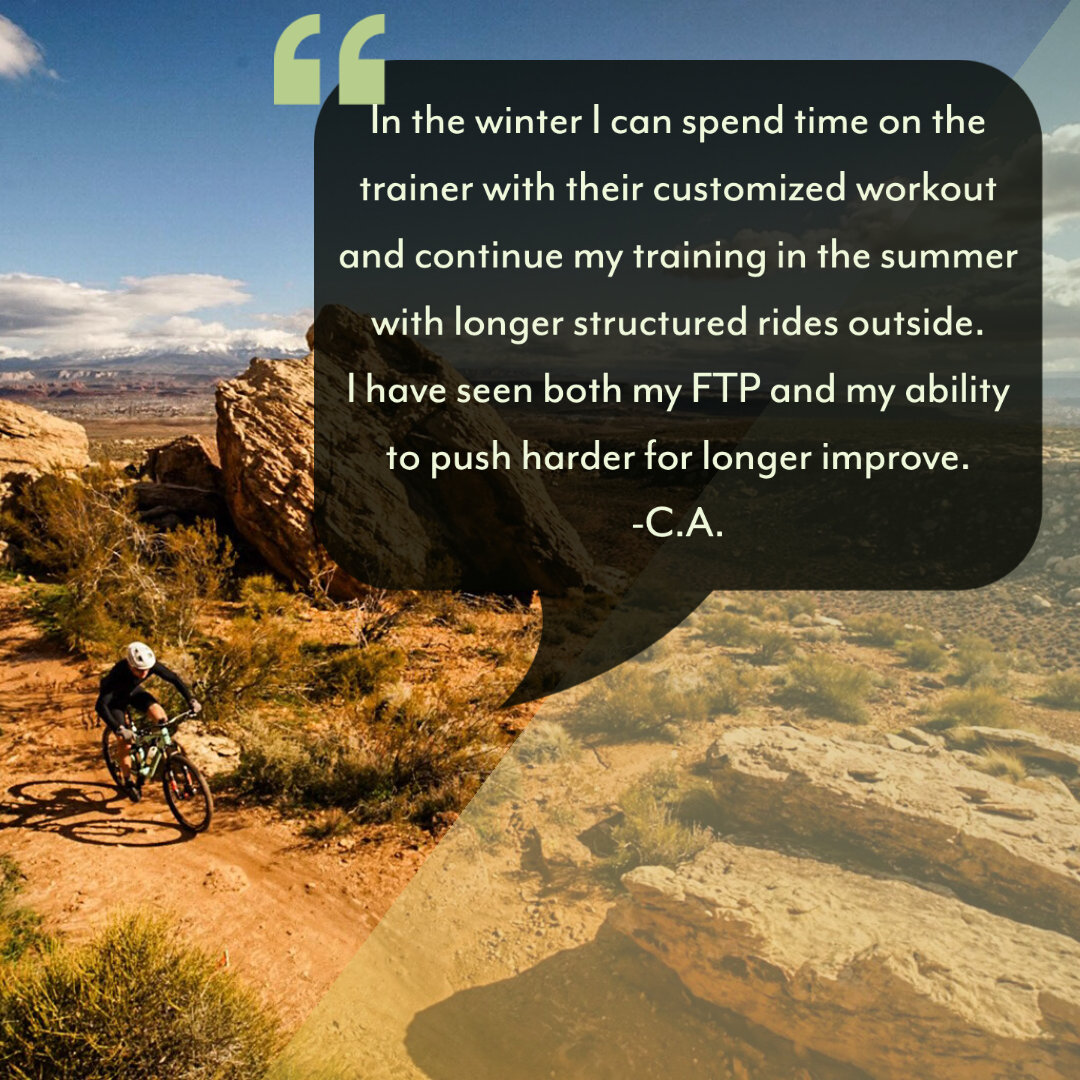In endurance training, high-volume camps have long been a staple of professional road cycling. Recently, they have gained popularity among amateur athletes, particularly in the MTB and gravel communities, as riders seek to mirror the training patterns of elite professionals. Social media has been filled with images of cyclists completing massive training weeks, fueling the perception that these blocks are essential for success. But is a volume camp the right approach for every athlete? And if so, how should it be structured to maximize benefits while minimizing risks?
At White Pine Athletics, we emphasize sustainable training practices that align with an athlete’s experience level, physiological needs, and race demands. While high-volume training can be an effective tool for building endurance and fatigue resistance, it must be applied strategically to avoid negative consequences.
Understanding the Inverse Relationship Between Volume and Intensity
A foundational principle of endurance training is that as training volume increases, intensity must decrease. This relationship is essential to prevent excessive fatigue and allow for the physiological adaptations associated with endurance training.
A properly executed volume block prioritizes low-intensity, steady-state riding. This intensity level promotes mitochondrial adaptations, enhances fatigue resistance, and increases overall endurance capacity. However, many athletes make the mistake of adding too much intensity to their volume blocks—whether through unstructured surges, failing to adjust their overall training load, or including excessive high-intensity efforts—which can lead to overtraining and limit the intended aerobic benefits.
While all disciplines can benefit from a well-planned volume block, short-course athletes such as XCO MTB, Short Track MTB, and perhaps Crit racers need to be particularly mindful of when they incorporate this type of training. Performing a volume camp too close to race season without adequate time for recovery and transition to high-intensity efforts can lead to suboptimal performance.
Physiological and Psychological Benefits of Volume Camps
When executed correctly, volume blocks offer significant endurance adaptations and mental benefits, including:
Increased Endurance Capacity – Higher training volumes improve the body's ability to sustain prolonged efforts, a key component for ultra MTB and gravel racing.
Mitochondrial Density and Function – Volume training increases both the number and efficiency of mitochondria, improving the body’s ability to produce energy and sustain higher workloads.
Improved Fatigue Resistance – By accumulating extensive low-intensity training hours, the body develops a greater ability to tolerate and recover from prolonged exertion—critical for long-format events such as marathon MTB or ultra-endurance gravel races.
Confidence in Back-to-Back Hard Days – Successfully completing multiple consecutive long training days builds mental resilience, helping athletes trust their ability to perform when fatigued—an essential skill for multi-day events or challenging single-day races.
Potential Risks and Considerations
While high-volume training can provide significant benefits, it also carries risks when not managed properly:
Overtraining and Excessive Fatigue – If volume increases too quickly or recovery is insufficient, athletes can experience non-functional overreaching, leading to prolonged fatigue and a decline in performance.
Injury Risk – Sudden spikes in training volume increase the likelihood of overuse injuries, particularly in athletes who haven’t built a strong musculoskeletal foundation through gradual progression, or those who fail to decrease intensity alongside the increases in volume.
Disrupting Key Training Phases – Short-course athletes, who rely on repeated high-intensity efforts, must be mindful that excessive volume training without a transition period to more race-specific intensity work can lead to suboptimal race-day performance.
Tanking the Body and Digging a Training Hole – Without a structured recovery phase following a volume block, athletes may experience a prolonged performance plateau or decline, requiring weeks to fully recover from accumulated fatigue.
Timing and Scaling Volume Camps Based on Training Age
The success of a volume camp is dependent on timing within the season and scaling to an athlete’s experience level:
Junior and Developing Athletes: Young or less-experienced riders should introduce volume gradually, ensuring they have the necessary fatigue resistance and recovery capacity before tackling a major volume camp. It’s also recommended that junior athletes communicate with their coach regularly throughout the block to monitor fatigue and make adjustments if needed.
Intermediate Athletes: Riders with several seasons of structured training can implement moderate volume blocks, ensuring adequate recovery afterward.
Experienced Athletes and Professionals: Well-trained cyclists with high fatigue resistance can safely handle larger volume blocks, provided they have a structured recovery period before transitioning into more race-specific training.
For short-course MTB and gravel racers, volume camps should be scheduled early enough in the season to allow for recovery before entering a phase that emphasizes race-specific intensity.
For long-course MTB and gravel athletes, volume blocks can be integrated later in the season, provided they align with key race demands.
Should You Incorporate a Volume Camp?
A volume block can be beneficial for all athletes if it is scaled appropriately to ability level and timed correctly within the season. Before committing to a volume camp, consider the following:
Is my training history sufficient to handle a large increase in volume without excessive fatigue?
Do I have enough time before my key races to recover and transition to more specific high-intensity work?
Am I prepared to reduce intensity during the block to maximize aerobic adaptations?
Do I have a structured recovery plan following the volume camp?
If endurance events such as marathon MTB or long-distance gravel races are your primary focus, a well-executed volume camp can be a powerful tool. If your discipline requires a high level of intensity, a volume camp should be scheduled far enough in advance that you can transition effectively into intensity-based training leading into race season.
Final Thoughts
High-volume training can be a valuable tool for endurance development, but it must be implemented with strategic timing, proper intensity management, and sufficient recovery. When planned correctly, volume camps provide a strong foundation for both long and short-course cyclists. However, failing to scale these blocks appropriately can lead to excessive fatigue, injury, and performance declines.
At White Pine Athletics, we specialize in helping athletes optimize their training with sustainable, science-based approaches. If you're considering a volume camp and want to ensure it aligns with your goals, our coaches can work with you to determine the best way to implement a volume block into your season plan. Training smarter, not just harder, is the key to long-term success in endurance sports.










